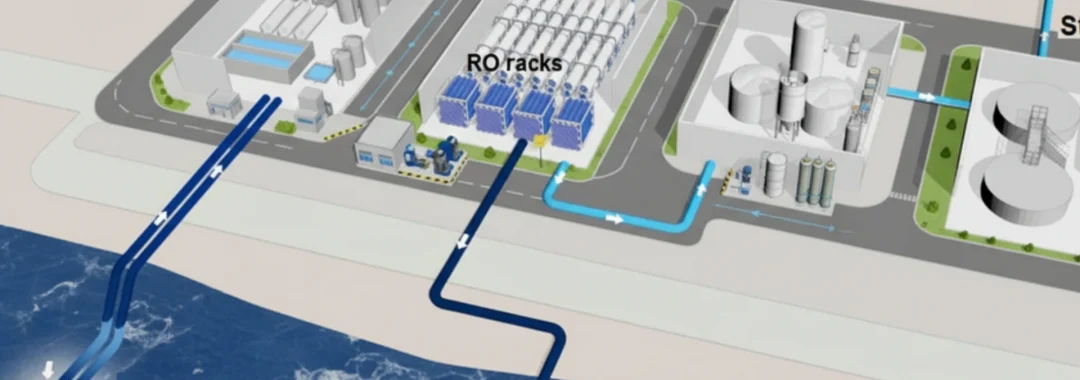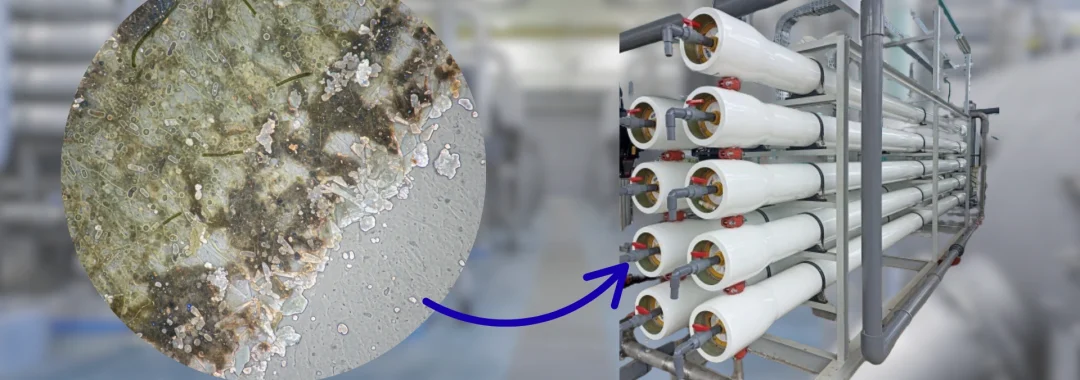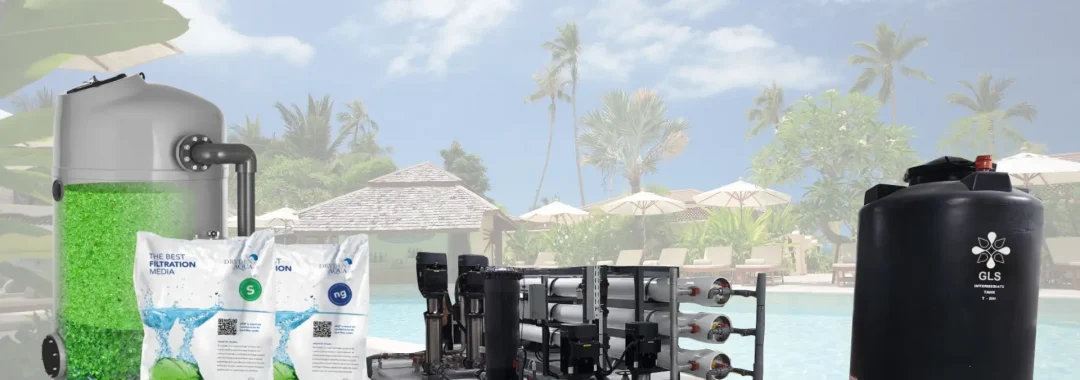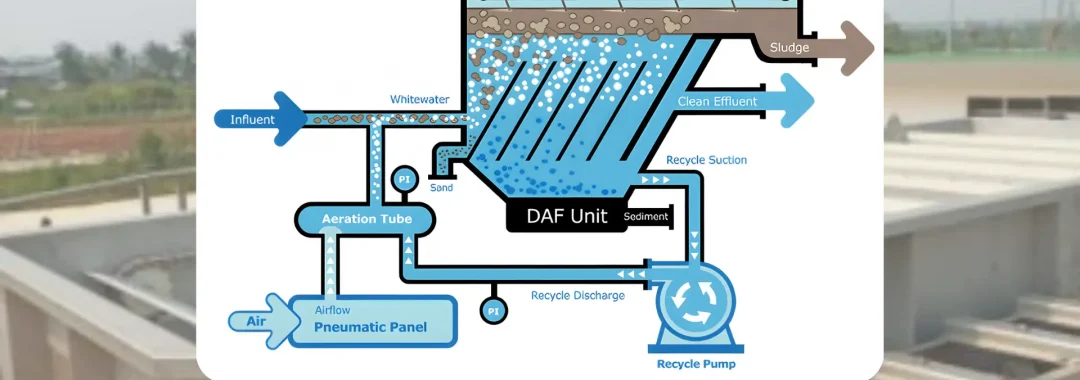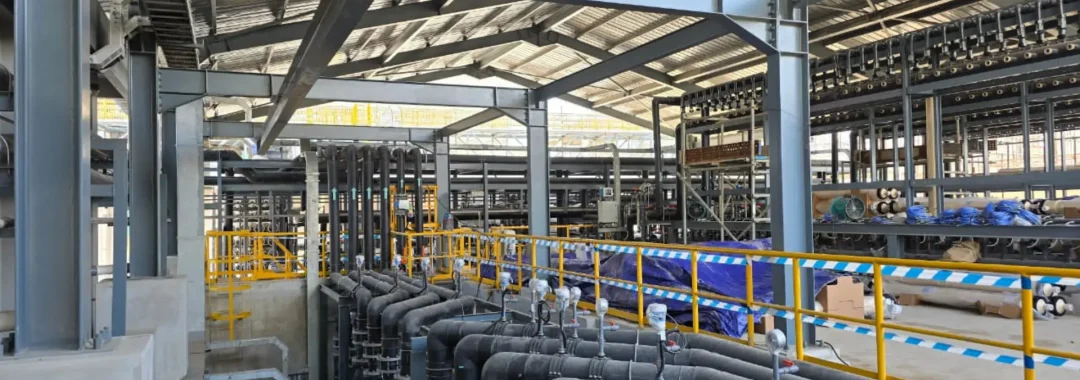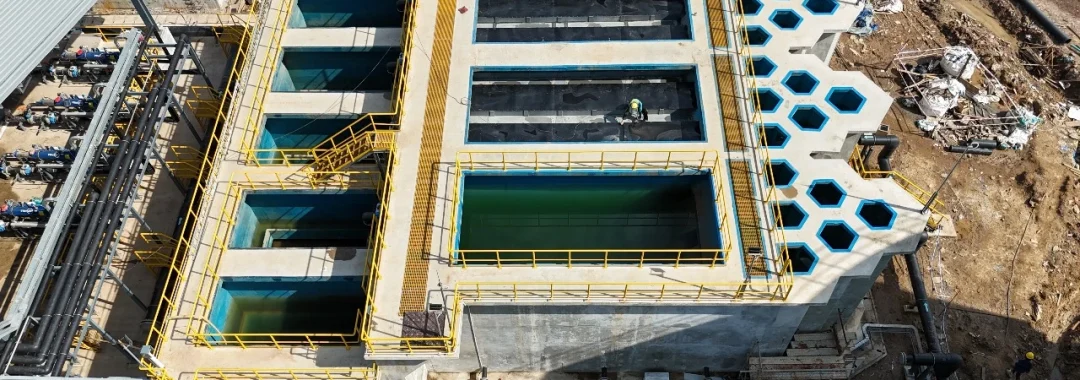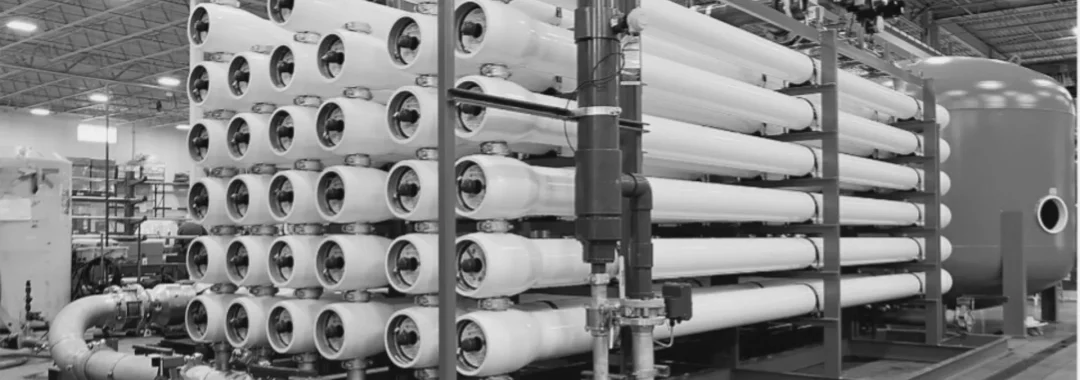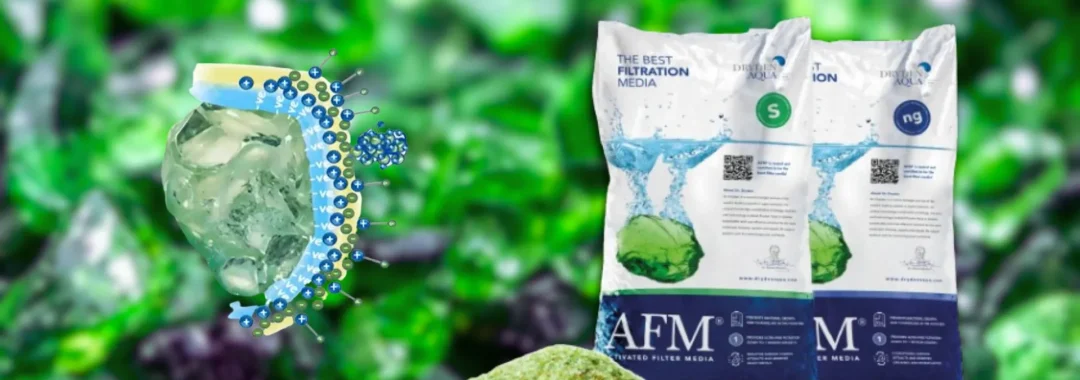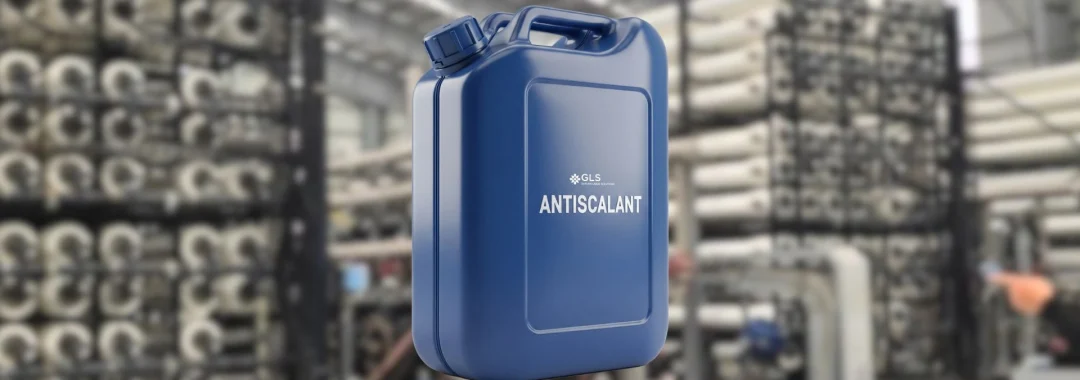Air tawar kini menjadi sumber daya langka di banyak wilayah pesisir dan pulau. Salah satu solusi utama adalah proses desalinasi air laut — mengubah air laut menjadi air tawar yang siap digunakan untuk kebutuhan industri, hotel, atau masyarakat umum.
Sebagai penyedia Total Water Solutions, PT Gapura Liqua Solutions menghadirkan berbagai teknologi desalinasi modern untuk memenuhi kebutuhan air bersih yang berkelanjutan.
1. Apa Itu Desalinasi?
Desalinasi adalah proses menghilangkan kandungan garam dan mineral terlarut dari air laut agar menjadi air tawar.
Secara umum, terdapat dua jenis utama:
- Desalinasi termal (evaporasi) seperti Multi-Stage Flash (MSF) dan Multi-Effect Distillation (MED)
- Desalinasi membran seperti Reverse Osmosis (RO) yang lebih hemat energi dan lebih umum digunakan di Indonesia
Pelajari juga teknologi filtrasi dan media yang digunakan dalam sistem air bersih pada halaman AFM Filter Media — salah satu solusi penting dalam pra-perlakuan air laut sebelum proses RO.
2. Tahapan Proses Desalinasi Air Laut
Berikut urutan proses yang biasanya dilakukan pada sistem Sea Water Reverse Osmosis (SWRO):
| Tahap | Penjelasan |
|---|---|
| 1. Intake (Pengambilan Air Baku) | Air laut diambil melalui sistem pipa atau sumur pantai dengan penyaringan awal untuk mencegah masuknya biota laut. |
| 2. Pretreatment (Pra-perlakuan) | Partikel besar, sedimen, dan bahan organik dihilangkan menggunakan media filtrasi seperti AFM, cartridge filter, dan bahan kimia anti-fouling. |
| 3. Pressurization (Pemberian Tekanan) | Air dipompa menggunakan high-pressure pump dengan tekanan hingga 60–70 bar agar dapat melewati membran RO. |
| 4. Membrane Separation (Pemisahan) | Air laut melewati membran semipermeabel; air murni (permeate) keluar, sedangkan garam tertinggal sebagai brine. Lihat contoh produk pada Reverse Osmosis System. |
| 5. Post-Treatment (Stabilisasi) | pH disesuaikan dan air ditambahkan mineral agar layak konsumsi. |
| 6. Energy Recovery | Sistem modern kini menggunakan energy recovery device untuk menghemat energi hingga 40%. |
| 7. Brine Disposal (Pembuangan Limbah) | Cairan sisa (brine) dikontrol sebelum dibuang ke laut untuk mencegah dampak lingkungan. |
3. Teknologi Pendukung Desalinasi Modern
Selain RO, beberapa teknologi pendukung membantu meningkatkan efisiensi sistem desalinasi:
- Advanced Filtration Media (AFM) — media filtrasi kaca aktif yang menggantikan pasir silika, tahan fouling dan memiliki daya filtrasi lebih tinggi.
- Digital Monitoring System — sistem kontrol otomatis untuk memantau tekanan, salinitas, dan kualitas air real-time.
- Membrane Cleaning System (CIP) — sistem pembersihan otomatis yang memperpanjang umur membran.
Informasi tambahan dapat dilihat di halaman Total Water Management Solutions.
4. Tantangan dan Solusi dalam Desalinasi
Beberapa tantangan utama:
- Konsumsi energi tinggi → Diatasi dengan sistem energy recovery dan pompa efisien.
- Fouling & Scaling pada membran → Diminimalkan dengan pretreatment menggunakan AFM dan chemical dosing.
- Biaya operasional → Penggunaan energi terbarukan seperti solar panel mulai diintegrasikan pada sistem modular.
- Pembuangan brine → Dapat dimanfaatkan kembali untuk ekstraksi garam atau magnesium.
Studi global menunjukkan peningkatan efisiensi sistem RO modern hingga 45% lebih hemat dibandingkan dekade lalu (ScienceDirect).
5. Implementasi Desalinasi di Indonesia
Di Indonesia, proyek desalinasi semakin banyak digunakan di kawasan pesisir seperti Bali dan Kepulauan Seribu.
Gapura Liqua Solutions telah berkontribusi pada proyek SWRO di Jumeirah Bali Resort, menghadirkan air bersih yang memenuhi standar hotel bintang lima melalui teknologi Sea Water Reverse Osmosis yang efisien dan berkelanjutan.
6. Inovasi Masa Depan
- Desalinasi berbasis energi terbarukan: integrasi dengan solar PV dan energi gelombang laut.
- Membran graphene & nanomaterial: peningkatan selektivitas dan daya tahan fouling.
- Zero-liquid discharge (ZLD): meminimalkan limbah cair dari proses RO.
Untuk memahami inovasi ini, lihat juga publikasi MDPI Water Journal – Advances in Desalination.
7. Kesimpulan
Proses desalinasi air laut menjadi solusi strategis untuk mengatasi keterbatasan air bersih, terutama di wilayah pesisir.
Dengan dukungan teknologi RO, sistem filtrasi modern, dan inovasi energi efisien, desalinasi kini semakin terjangkau dan ramah lingkungan.
Gapura Liqua Solutions berkomitmen menyediakan desain dan instalasi sistem desalinasi yang disesuaikan dengan kebutuhan lokal — memastikan ketersediaan air bersih untuk generasi mendatang.
